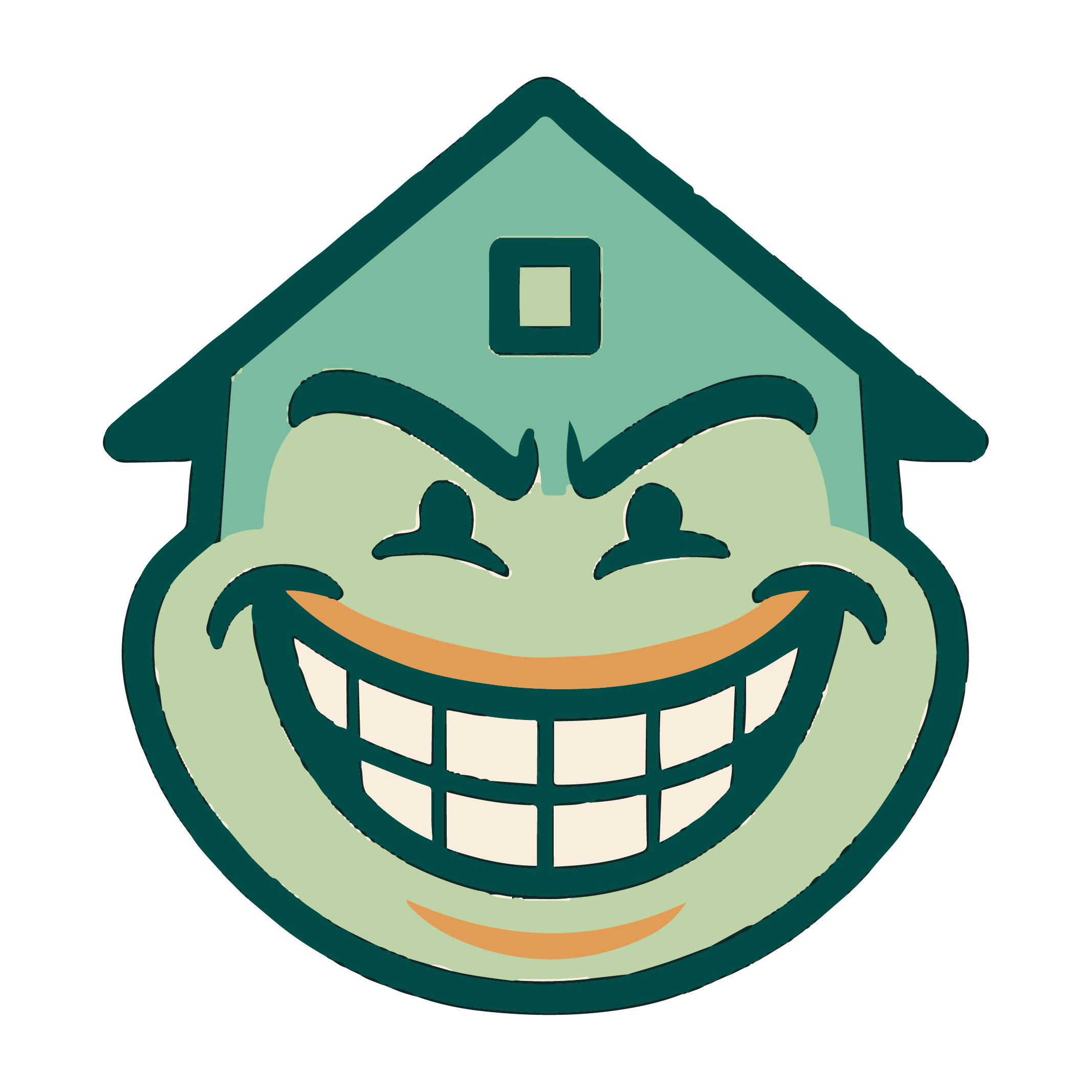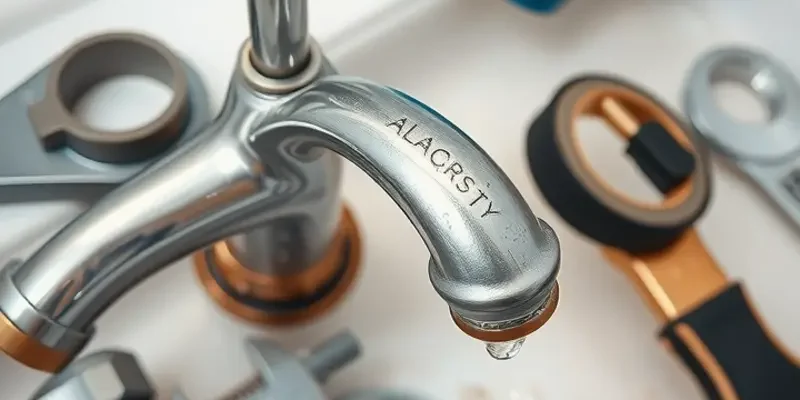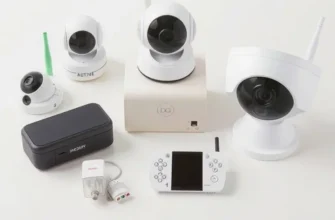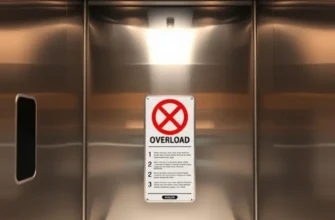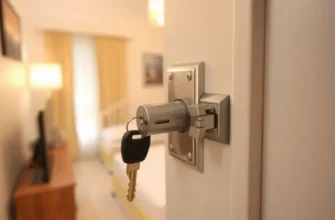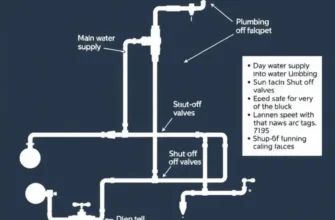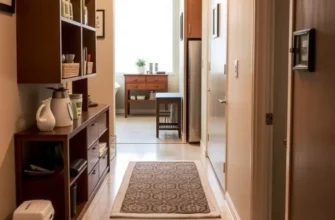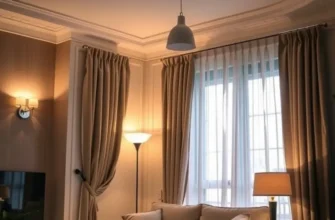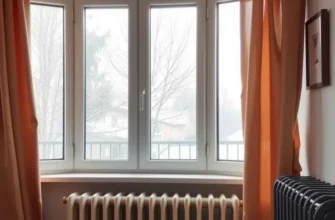Navigating plumbing issues doesn’t have to be a daunting experience, especially for renters who often feel limited in how much they can do. Understanding a few basic DIY plumbing fixes can empower you to address minor leaks and clogs promptly, ensuring your apartment remains a comfortable haven. With the right knowledge and tools, handling everyday plumbing problems can become straightforward and even enjoyable. Moreover, doing so not only enhances your living space but also fosters a sense of security, knowing that you can manage these issues without waiting on your landlord for assistance. In this guide, we present user-friendly plumbing fixes designed with renter safety and convenience in mind — making it easy to keep your apartment in tip-top shape while avoiding major headaches. Let’s dive in and explore how you can tackle common plumbing dilemmas effectively and safely.
Tackling Common Leaks
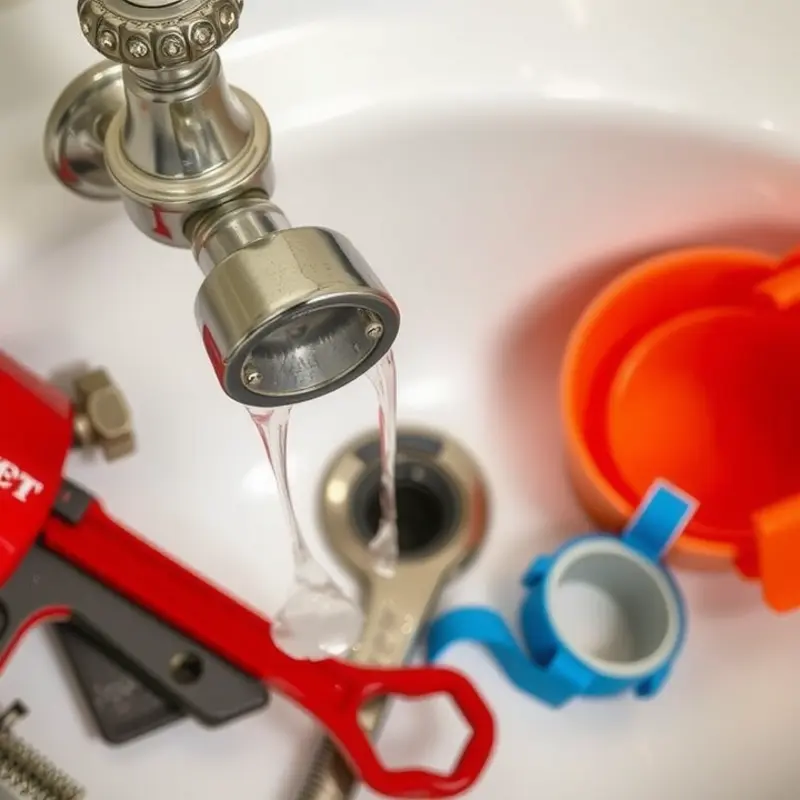
Leaking faucets, dripping showerheads, and mysterious ceiling stains are not just nuisances. They signal potential safety hazards and inefficient water use. Knowing how to identify and fix these common leaks can safeguard your living space and enhance comfort.
A typical starting point is the kitchen or bathroom faucet. Listen for constant dripping when the tap is off. This could indicate a worn-out washer or seal. Begin by turning off the water supply to avoid further flooding. Use a wrench to unscrew the faucet handle, exposing the cartridge or washer. Replace these components before securely reassembling the faucet.
Showerheads can also be culprits of unnecessary water waste. Unscrew the showerhead counterclockwise, using a cloth to protect the finish. Check for and clean any mineral deposits clogging the spray holes. If leakage persists, examine the threads and replace the rubber washer if it’s cracked. Sometimes, applying plumbing tape to the threads before reattaching can ensure a tight seal.
The kitchen and bathroom sink involves more than just visible fixtures—leaks can occur below the surface. Open cabinet doors underneath the sink with a flashlight in hand. Inspect for any moisture or puddles forming around the P-trap or joints. Tighten any loose fittings or joints using a pipe wrench. If the drainpipe itself is cracked, this part may need replacing.
Equally important is spotting leaks before they cause structural damage. Stains on the ceiling or walls suggest water intrusion from upper floors or leaky pipes. Note any discoloration or peeling paint, signs of prolonged moisture. Report these immediately to your landlord as they may require extensive repairs that exceed basic DIY tasks.
For those living in rentals with a shared plumbing system, reporting such issues is paramount as delayed actions can lead to extensive damages affecting everyone. Learn about handling and reporting unsafe apartment conditions to your landlord here.
Aside from visible and audible leaks, a sudden spike in your water bill can indicate a hidden leak. If you suspect this, turn off all water sources and check your water meter. If the meter continues to run, there is likely a leak somewhere. At this point, involving professionals to trace and fix hidden leaks is advisable to prevent further complications.
Ultimately, understanding and addressing common leaks not only preserves your apartment’s aesthetic but also contributes significantly to water conservation. By attending to these issues promptly and effectively, renters can maintain a peaceful and secure living environment.
Unclogging Drains the Smart Way
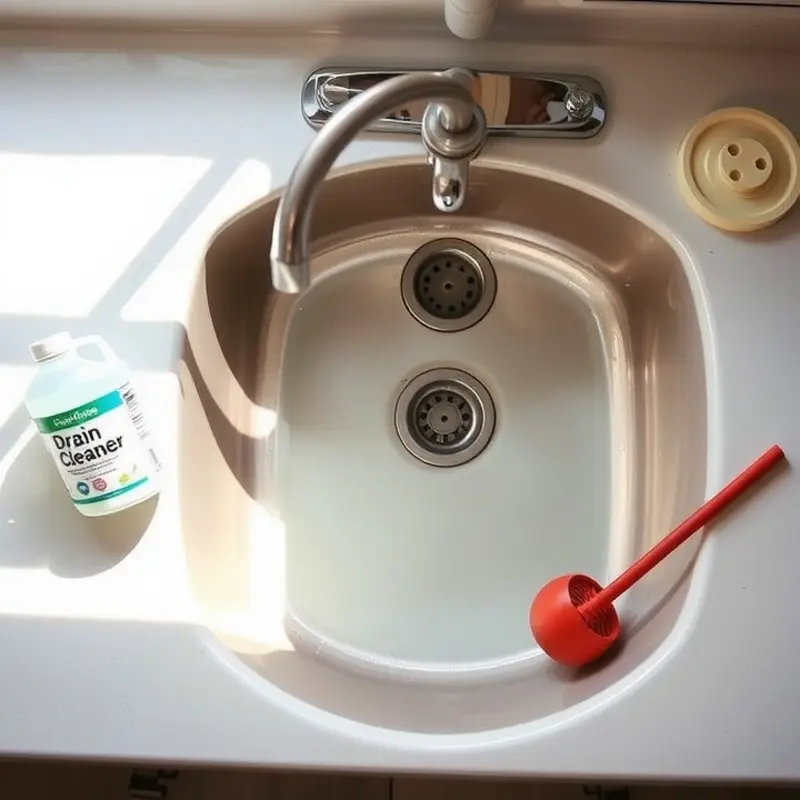
Unclogging a drain doesn’t have to be a daunting task. With the right approach, you can deal with clogs efficiently and safely without the risk of damaging your plumbing. Whether you’re battling a slow-draining sink or a stubborn shower blockage, the smart strategies outlined here are your go-to solutions.
Start by identifying the cause of the blockage. Is it a buildup of hair, soap scum, or kitchen grease? Knowing this can guide your unclogging efforts and prevent future issues. Begin with the simplest and safest method: hot water. Boil a kettle and carefully pour the hot water down the drain in stages. This can help dissolve soap scum and flush away buildup. Ensure your drains are heat-resistant before proceeding, as pouring hot water into pipes that can’t handle the heat might cause more problems.
When hot water alone isn’t enough, turning to a mechanical solution can often do the trick. A plunger, a tool standard in most households, can be highly effective. To use it, make sure there’s enough water in the basin to cover the plunger’s cup, creating a good seal. With firm, even pressure, plunge up and down until the blockage clears. Remember, a slow and steady approach tends to work better than aggressive plunging.
For bath and shower drains clogged with hair, a zip tool is your best friend. This flexible, barbed tool can grab and pull out hair and debris. Simply insert it into the drain and pull it back up slowly to clear the blockage. It’s a quick, non-toxic solution that is both eco-friendly and easy to use.
If these methods don’t resolve the issue, a mixture of baking soda and vinegar is a natural alternative due to its slight fizzing reaction, which can help dislodge tough clogs. Pour about half a cup of baking soda into the drain, followed by an equal part of vinegar. Cover the drain to contain the fizzing action and wait 15 minutes before flushing it with hot water.
Chemical drain cleaners might offer quick results, but they can be harsh on your plumbing and, more importantly, are often prohibited in rental properties due to their corrosive nature. If other methods fail, it could be time to call a professional to avoid violating rental agreements and ensure the problem is fixed without damage.
Taking preventive measures is also crucial. Regularly cleaning drain covers and using strainers can minimize hair and debris buildup. In the kitchen, avoid pouring grease or food scraps down the sink. Instead, dispose of them in the trash or compost when appropriate. These small habits can make significant differences in maintaining clear drains and stress-free living.
For further advice on maintaining your living space safely and effectively, check out the resources available on apartment safety inspections. This can be a handy next step in ensuring your rental home is as comfortable and secure as possible.
Final words
Minor plumbing issues shouldn’t become major stressors in your rental experience. By familiarizing yourself with essential DIY fixes for leaks and clogs, you not only enhance your living space but also build confidence in handling these minor inconveniences. Remember, safety is paramount, so always ensure you have the right tools and follow recommended guidelines. With these simple strategies in hand, you can maintain a secure and comfortable home environment — leaving more time to enjoy your space rather than worrying about potential plumbing problems. Empower yourself with knowledge, take these steps, and transform what could be a hassle into a manageable task.
